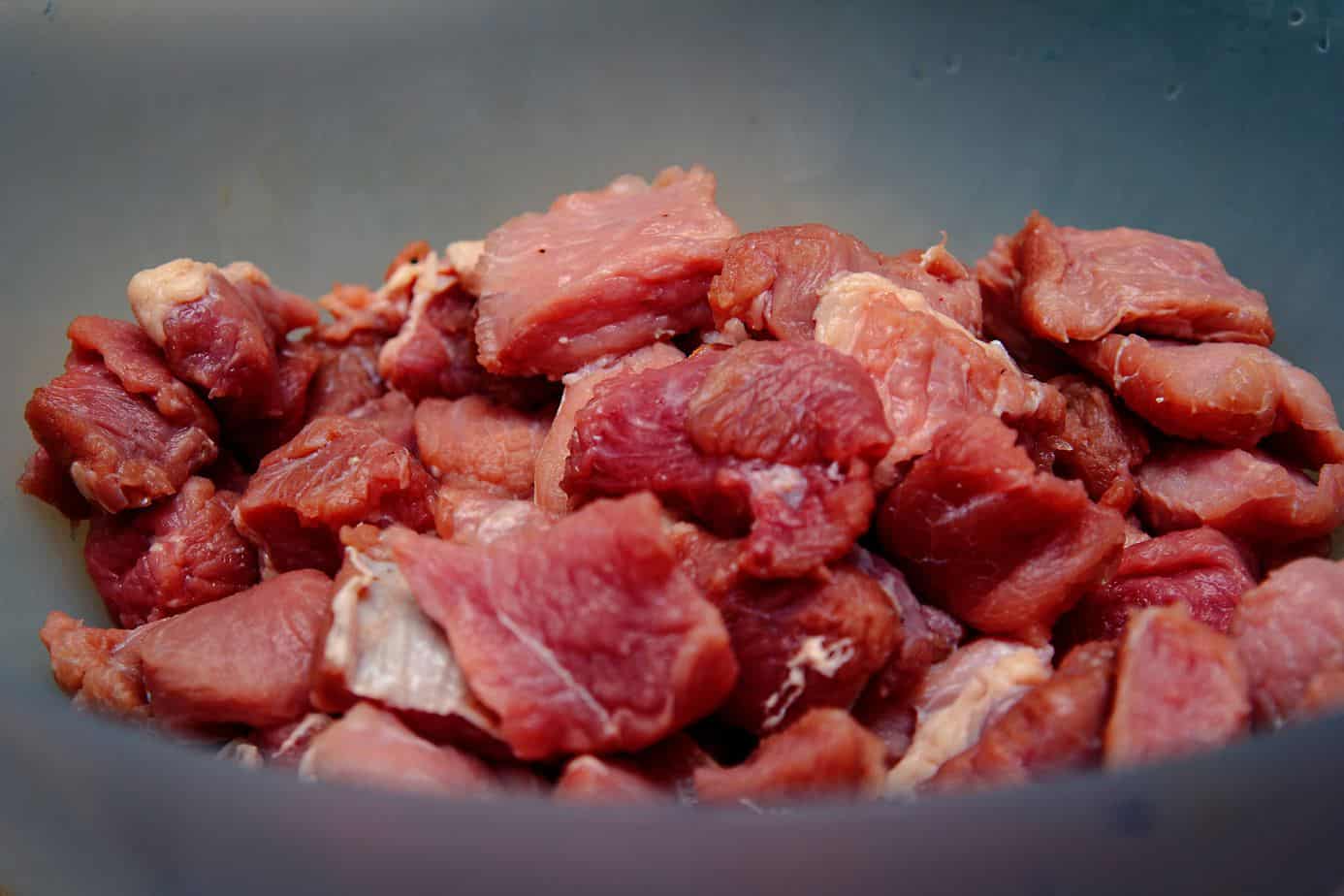

Articles
How To Store Raw Beef
Modified: February 23, 2024
Learn the best practices for storing raw beef in this informative article. Find out how to keep your meat fresh and safe for consumption.
(Many of the links in this article redirect to a specific reviewed product. Your purchase of these products through affiliate links helps to generate commission for Storables.com, at no extra cost. Learn more)
Introduction
When it comes to cooking delicious meals, the quality and freshness of the ingredients play a crucial role. If you’re a beef lover, you know that storing raw beef properly is essential to maintain its flavor, texture, and safety. Whether you’re planning to cook a juicy steak, a comforting beef stew, or a mouthwatering roast, it’s important to follow the right storage techniques to keep your beef fresh and delicious.
In this article, we’ll explore the best practices for storing raw beef. From choosing the right cuts to packaging and safe handling, we’ll cover everything you need to know to ensure that your beef stays fresh and flavorful until it’s time to cook.
So, let’s dive in and discover the secrets to storing raw beef like a pro!
Key Takeaways:
- Choose the right beef cuts based on your recipe and cooking preferences to ensure optimal tenderness, flavor, and cooking results. Look for fresh, well-marbled cuts for the best quality and taste.
- Properly store raw beef in the refrigerator or freezer using airtight containers or packaging to maintain freshness, prevent cross-contamination, and maximize flavor. Follow safe handling practices and cook beef to the appropriate internal temperature for safe consumption.
Read more: How To Store Raw Ground Beef
Choosing the Right Cuts of Beef
When it comes to choosing the right cuts of beef, it’s important to consider the type of dish you plan to prepare. Different cuts have varying levels of tenderness, flavor, and recommended cooking methods. Here are a few popular cuts of beef that are commonly available:
- Ribeye: Known for its marbling and rich flavor, ribeye is a popular choice for grilling or pan-searing.
- Tenderloin: Also known as filet mignon, the tenderloin is the most tender cut of beef. It’s perfect for special occasions and is best prepared by grilling or pan-searing.
- New York Strip: With a rich, beefy flavor and moderate marbling, the New York Strip is versatile and can be grilled, broiled, or pan-seared.
- Sirloin: This lean and flavorful cut is ideal for grilling or broiling. It’s often used in kabobs, stir-fries, and fajitas.
- Chuck Roast: A budget-friendly option, chuck roast is perfect for slow-cooking or braising to achieve tender and flavorful results.
- Brisket: Typically cooked low and slow, brisket is a large, tough cut of meat that becomes incredibly tender and flavorful after hours of cooking.
When selecting your beef, look for cuts that are bright red in color and have a fine marbling of fat throughout the meat. The fat should be evenly distributed, which helps to add flavor and juiciness to the cooked beef. If possible, choose beef that is certified organic or grass-fed for a more sustainable and healthier option.
Keep in mind that different cuts of beef require varying degrees of cooking time and techniques, so be sure to choose one that suits your recipe and cooking preferences.
Storing Beef in the Refrigerator
When storing raw beef in the refrigerator, it’s important to maintain proper temperature control and minimize the risk of cross-contamination. Here are some guidelines to follow:
- Temperature: Set your refrigerator temperature to 40°F (4°C) or below to ensure optimal food safety. This temperature range helps to slow down the growth of bacteria and keep your beef fresh for a longer period.
- Packaging: Place your raw beef in airtight containers or wrap it tightly in plastic wrap or aluminum foil. This helps to prevent the beef from drying out and prevents any odors from transferring to other foods in the refrigerator.
- Separate Storage: Keep raw beef separate from other foods, especially those that will be consumed raw or without further cooking. This reduces the risk of cross-contamination and the spread of harmful bacteria.
- Storage Time: The storage time for raw beef in the refrigerator depends on the cut. Fresh ground beef should be consumed within 1-2 days, while steaks and roasts can be stored for 3-5 days. If the beef has been cooked, it can be safely stored for 3-4 days.
It’s important to note that these are general guidelines, and it’s always best to use your judgment and rely on your senses to determine if the beef is still fresh. If it has an unusual color, odor, or texture, it’s best to discard it.
Additionally, do not freeze beef that has been previously stored in the refrigerator, as this can affect its quality and flavor.
By following these guidelines, you can ensure that your raw beef stays fresh and safe for consumption while maximizing its flavor.
Storing Beef in the Freezer
Freezing raw beef is a great way to prolong its shelf life and ensure that you always have some on hand when you need it. Here are some key points to keep in mind when storing beef in the freezer:
- Proper Packaging: To protect the quality of the beef and prevent freezer burn, it’s important to package it correctly. Wrap the beef tightly in plastic wrap or aluminum foil, or place it in airtight freezer bags. Make sure to remove as much air as possible to prevent freezer burn.
- Labeling: Clearly label each package with the type of beef, the cut, and the date of freezing. This will help you keep track of the beef and ensure that older packages are used first.
- Freezing Time: Freeze raw beef as soon as possible after purchasing or preparing it. The quicker the beef is frozen, the better quality it will retain. Aim to freeze it within one to two days.
- Storage Time: The storage time for frozen raw beef depends on the cut and the quality of the packaging. In general, beef can be safely stored in the freezer for 6-12 months. However, for the best quality and flavor, it’s recommended to use it within 3-4 months.
- Freezer Location: Place the beef in the coldest part of your freezer, such as the back or bottom shelf. This ensures that it freezes quickly and maintains a consistent temperature throughout.
It’s important to note that freezing beef can cause some moisture loss and affect its texture slightly. However, these changes are minimal and can be minimized by using proper packaging and following the recommended storage times.
When you’re ready to use the frozen beef, make sure to properly thaw it before cooking. Avoid thawing beef at room temperature as this can promote bacterial growth. Instead, thaw it in the refrigerator overnight or use the defrost function on your microwave if you’re in a hurry.
By following these guidelines, you can ensure that your frozen beef stays in optimal condition and is ready to be cooked whenever you need it.
Proper Packaging for Raw Beef
Proper packaging is crucial when it comes to storing raw beef. It helps to maintain the quality, flavor, and safety of the meat. Here are some tips for proper packaging:
- Airtight Containers: When storing raw beef in the refrigerator or freezer, use airtight containers that are specifically designed for food storage. These containers help to protect the beef from exposure to air and moisture, which can lead to spoilage and freezer burn.
- Plastic Wrap or Aluminum Foil: If you don’t have airtight containers, you can tightly wrap the raw beef in multiple layers of plastic wrap or aluminum foil. Make sure to seal the edges properly to prevent any air from entering or escaping.
- Freezer Bags: Freezer bags are a convenient option for storing raw beef in the freezer. Choose bags that are made specifically for freezer storage and ensure they are sealed tightly to prevent air and moisture from getting inside.
- Squeeze Out Air: Whether you’re using airtight containers or freezer bags, make sure to squeeze out as much air as possible before sealing. Air can lead to freezer burn and can affect the quality of the beef over time.
- Portion Control: If you often cook smaller portions of beef, consider dividing it into individual or family-sized portions before packaging. This way, you can thaw and use only the amount you need without having to defrost the entire package.
Proper packaging not only helps to maintain the freshness of the beef but also prevents its odor from transferring to other foods in the refrigerator or freezer. It also protects the meat from potential contaminants or bacteria that may be present in the storage environment.
Remember to always label each package with the type of beef, the cut, and the date of packaging. This will help you keep track of the contents and ensure proper rotation of your stored beef.
By following these packaging guidelines, you can ensure that your raw beef stays fresh, flavorful, and safe for consumption until you’re ready to cook it.
Store raw beef in the coldest part of the refrigerator, ideally below 40°F (4°C). Keep it in its original packaging or rewrap it tightly in plastic wrap or aluminum foil to prevent cross-contamination. Use it within 1-2 days or freeze for longer storage.
Read more: How To Store Beef
Tips for Defrosting Frozen Beef
When it’s time to cook your frozen beef, it’s important to defrost it properly to ensure even cooking and prevent any food safety risks. Here are some tips for defrosting frozen beef:
- Refrigerator Thawing: The safest way to defrost frozen beef is in the refrigerator. Place the frozen beef on a plate or in a shallow dish and allow it to thaw slowly in the refrigerator overnight or for a few hours, depending on the size and thickness of the cut. This gradual thawing method helps to maintain the quality and texture of the beef.
- Cold Water Thawing: If you need to defrost the beef more quickly, you can use the cold water thawing method. Place the tightly wrapped frozen beef in a leak-proof plastic bag and submerge it in a bowl of cold water. Change the water every 30 minutes to ensure it remains cold. It’s important to note that this method should only be used if you plan to cook the beef immediately after thawing.
- Microwave Thawing: Many microwaves have a defrost setting that can be used to thaw frozen beef. Follow the manufacturer’s instructions for defrosting meat and adjust the time and power level accordingly. Be cautious when using this method, as it can partially cook the beef in some areas. It’s best to cook the beef immediately after thawing in the microwave.
- Hygiene and Safety: Regardless of the thawing method you choose, it’s important to follow good hygiene practices. Keep the beef separate from other foods, and clean any surfaces or utensils that come into contact with the raw meat to avoid cross-contamination.
- Cook Immediately: Once the beef is fully thawed, it’s best to cook it immediately. Avoid refreezing thawed beef, as this can affect its quality and safety. If you have thawed more beef than you can use, you can cook it and store the cooked meat in the refrigerator for a few days.
Remember, never thaw beef at room temperature, as it can promote bacterial growth. It’s important to prioritize food safety and ensure that the beef is thoroughly cooked before consuming.
By following these tips, you can effectively and safely defrost your frozen beef, resulting in delicious and perfectly cooked meals every time.
Safe Handling and Storage Practices
Following safe handling and storage practices is essential to ensure the quality and safety of raw beef. Here are some important guidelines to keep in mind:
- Wash Hands: Always wash your hands thoroughly with warm water and soap before and after handling raw beef. This helps to prevent the spread of bacteria and contaminants.
- Cross-Contamination: Avoid cross-contamination by keeping raw beef separate from other foods, especially those that will be consumed without further cooking. Use separate cutting boards, utensils, and plates for raw beef to prevent the spread of any potential pathogens.
- Storage Temperature: As mentioned earlier, raw beef should be stored at a temperature of 40°F (4°C) or below in the refrigerator to slow down bacterial growth. This helps to maintain the quality and safety of the meat.
- Cooking Temperatures: Cook raw beef to the appropriate internal temperature to ensure that any harmful bacteria are destroyed. Use a food thermometer to accurately measure the temperature. For example, ground beef should be cooked to an internal temperature of 160°F (71°C), while steaks and roasts can be cooked to a lower temperature depending on your preferred level of doneness.
- Leftovers: If you have cooked beef leftovers, store them in shallow containers in the refrigerator within two hours of cooking. Consume the leftovers within 3-4 days, reheating them to the proper internal temperature before serving.
- Discard If Unsure: If you’re unsure about the safety or quality of raw beef, trust your instincts. If it has an unusual odor, color, or texture, it’s best to err on the side of caution and discard it.
By following these safe handling and storage practices, you can reduce the risk of foodborne illnesses and ensure that your raw beef stays fresh, flavorful, and safe to consume.
Frequently Asked Questions (FAQs)
1. Can I refreeze beef that has been thawed?
No, it is not recommended to refreeze beef that has been thawed. Refreezing can affect the quality and safety of the meat. It’s best to cook the thawed beef and store any leftovers in the refrigerator for a few days.
2. How long can I store raw beef in the refrigerator?
The storage time for raw beef in the refrigerator depends on the cut. Fresh ground beef should be consumed within 1-2 days, while steaks and roasts can be stored for 3-5 days. It’s important to use your judgment and rely on your senses to determine if the beef is still fresh.
3. What is the recommended storage time for frozen beef?
Frozen raw beef can be safely stored in the freezer for 6-12 months. However, for the best quality and flavor, it’s recommended to use it within 3-4 months.
4. Is it safe to thaw beef at room temperature?
No, thawing beef at room temperature can promote bacterial growth and increase the risk of foodborne illnesses. It’s best to thaw beef using safe methods such as refrigerator thawing, cold water thawing, or microwave thawing.
5. How do I know if raw beef is spoiled?
If raw beef has an unusual color, odor, or texture, it may be spoiled. Trust your instincts and if in doubt, it’s best to discard it to ensure food safety.
6. Can I store raw beef and cooked beef together in the refrigerator?
No, it’s best to store raw beef and cooked beef separately in the refrigerator to minimize the risk of cross-contamination.
7. Can I freeze raw beef in its original packaging?
While pre-packaged raw beef is convenient, it’s recommended to transfer it to airtight containers or wrap it tightly in plastic wrap or aluminum foil before freezing. This helps to protect the quality and prevent freezer burn.
Remember, these answers are general guidelines, and it’s important to prioritize food safety and use your judgment when handling and storing raw beef.
Conclusion
Properly storing raw beef is essential to maintain its freshness, flavor, and safety. By following the right practices for choosing, storing, and handling beef, you can ensure that it stays delicious and free from harmful bacteria.
When selecting beef, choose cuts that are fresh, properly labeled, and have a good marbling of fat. Consider the cooking method you plan to use and select the appropriate cut accordingly.
When storing raw beef in the refrigerator, ensure the temperature is set below 40°F (4°C) and use airtight containers or tightly wrap it in plastic wrap or aluminum foil. Keep it separate from other foods to minimize the risk of cross-contamination, and consume it within the recommended timeframes.
For long-term storage, freezing raw beef is a great option. Properly package the beef to prevent freezer burn, label it accordingly, and store it in the coldest part of your freezer. Thaw frozen beef in the refrigerator or using methods like cold water thawing or microwave thawing, and cook it promptly after thawing.
Throughout the process, practice safe handling and storage practices, including proper handwashing, hygiene, and maintaining separate cutting boards and utensils for raw beef. Cook the beef to the proper internal temperature to ensure it is safe to eat, and discard any beef that shows signs of spoilage.
By following these techniques, you can enjoy delicious and perfectly cooked beef dishes while prioritizing food safety. So, store your raw beef with care and enjoy the incredible flavors it adds to your favorite recipes!
Frequently Asked Questions about How To Store Raw Beef
Was this page helpful?
At Storables.com, we guarantee accurate and reliable information. Our content, validated by Expert Board Contributors, is crafted following stringent Editorial Policies. We're committed to providing you with well-researched, expert-backed insights for all your informational needs.
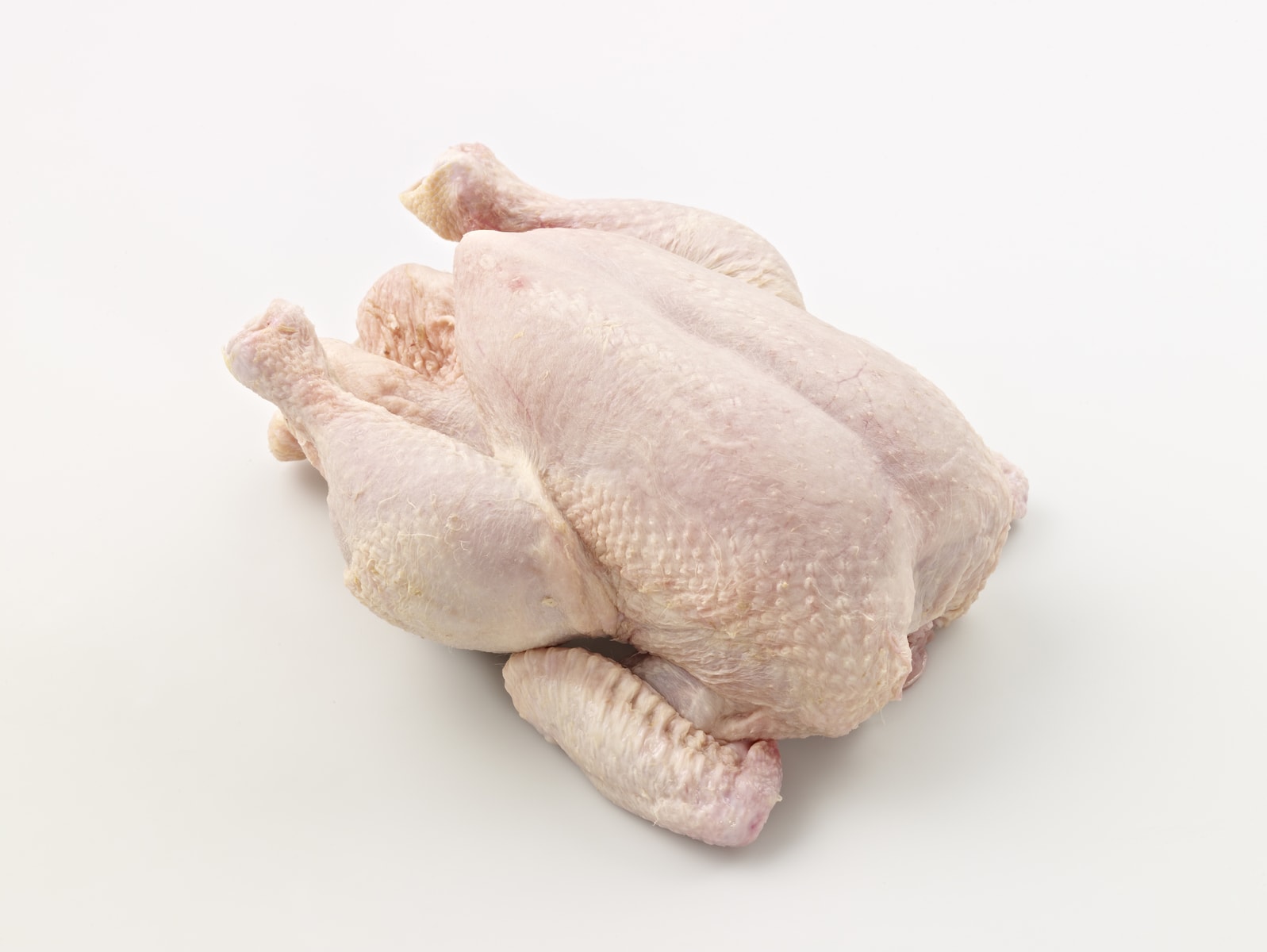
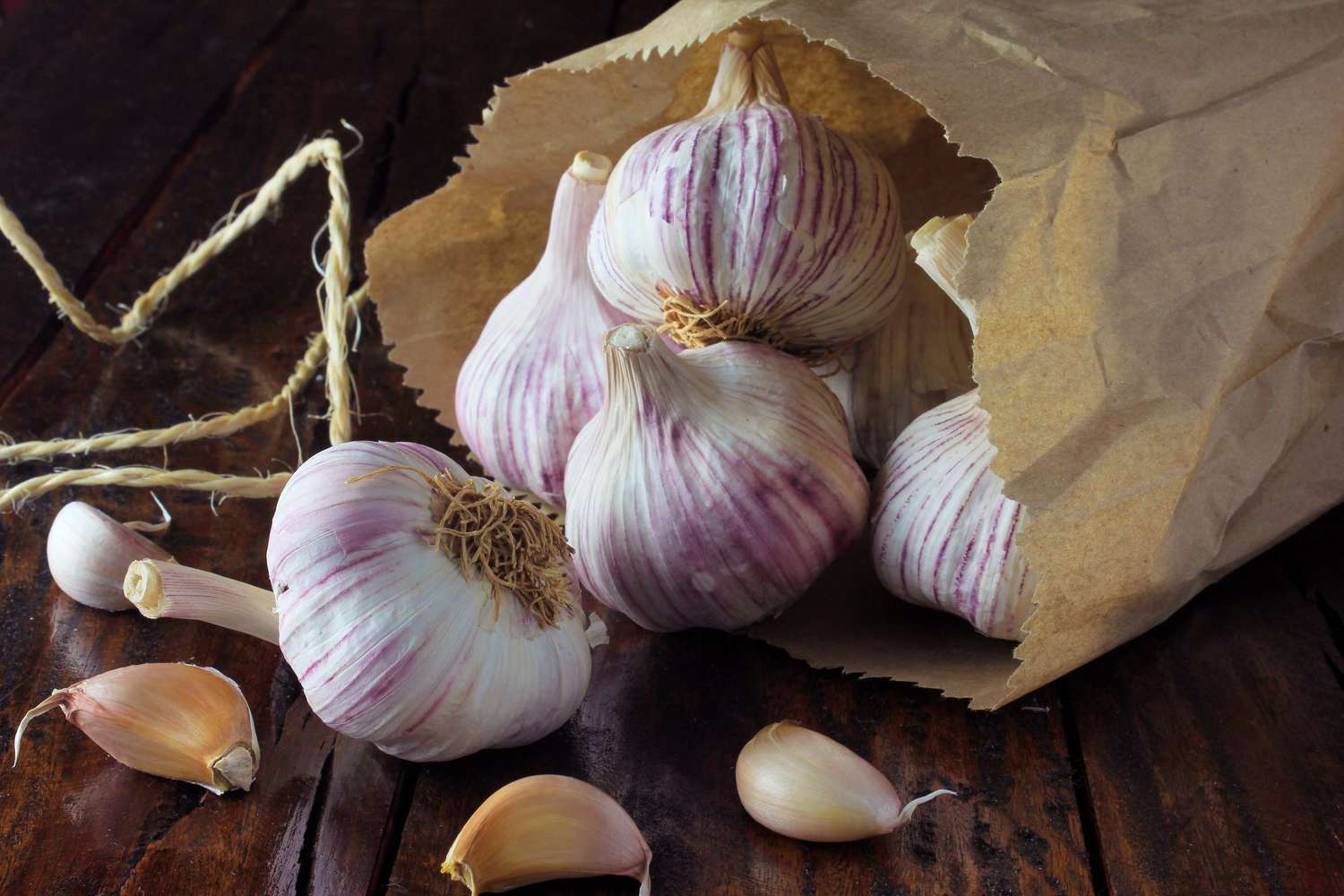
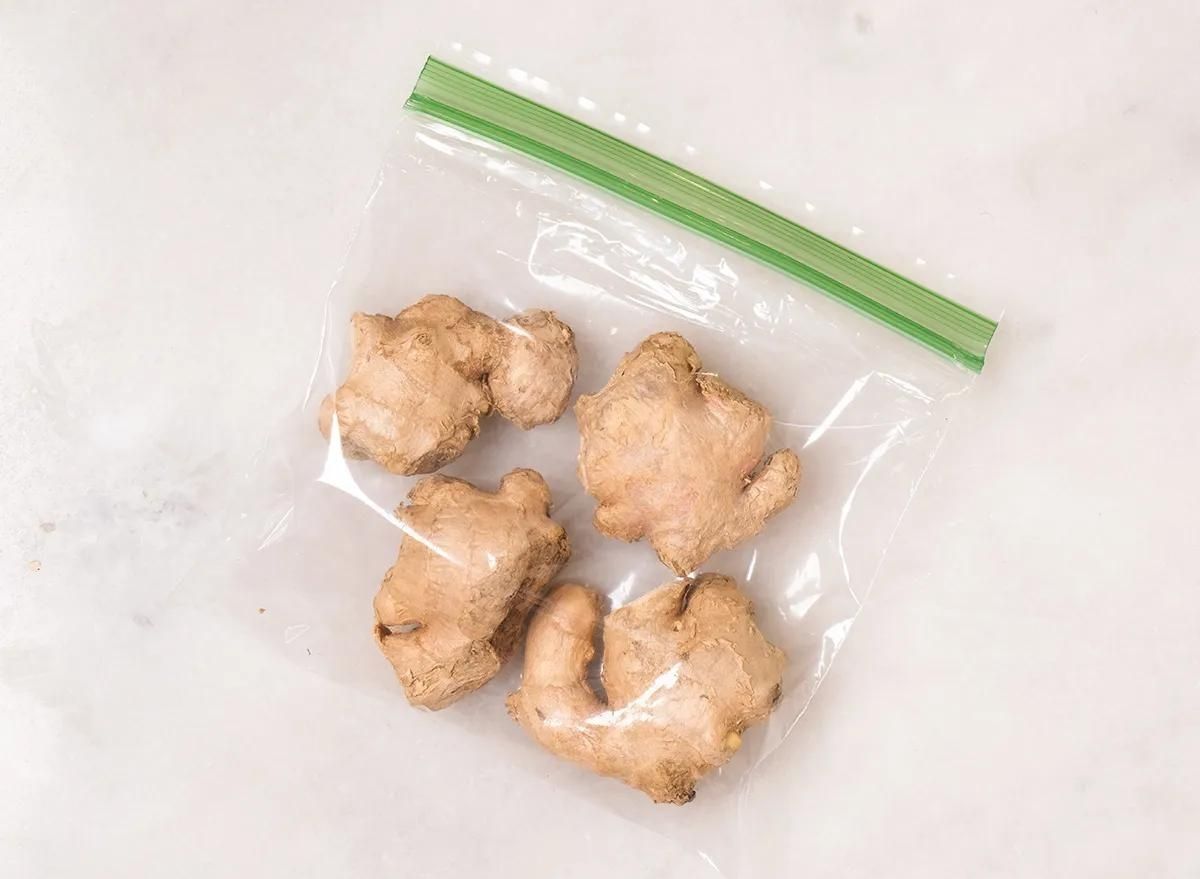
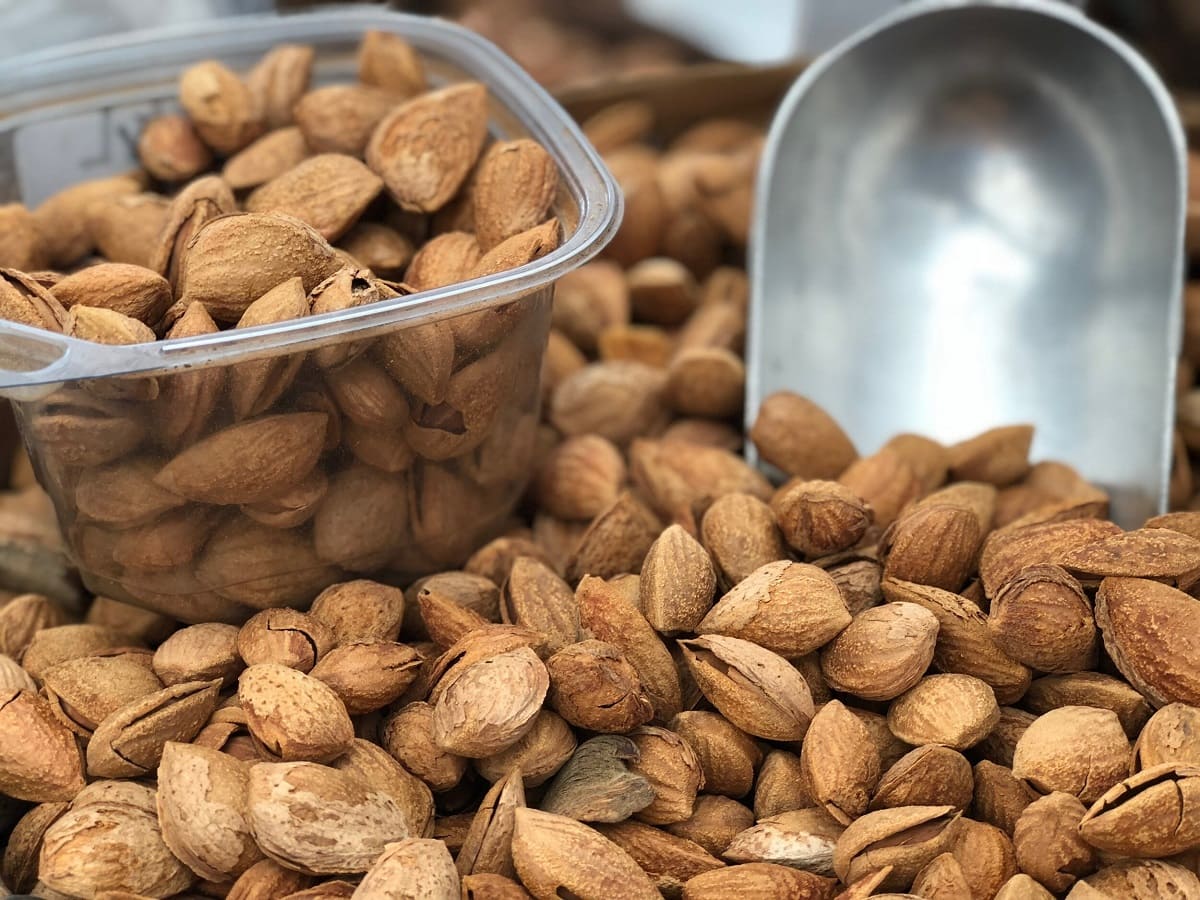

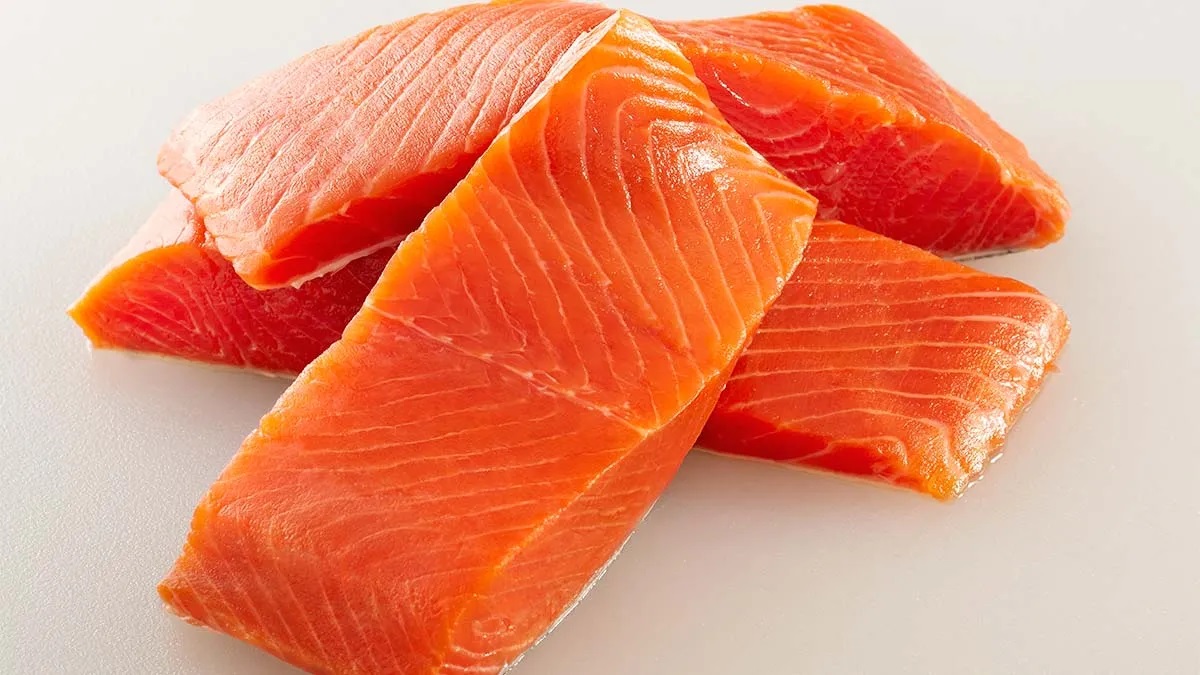

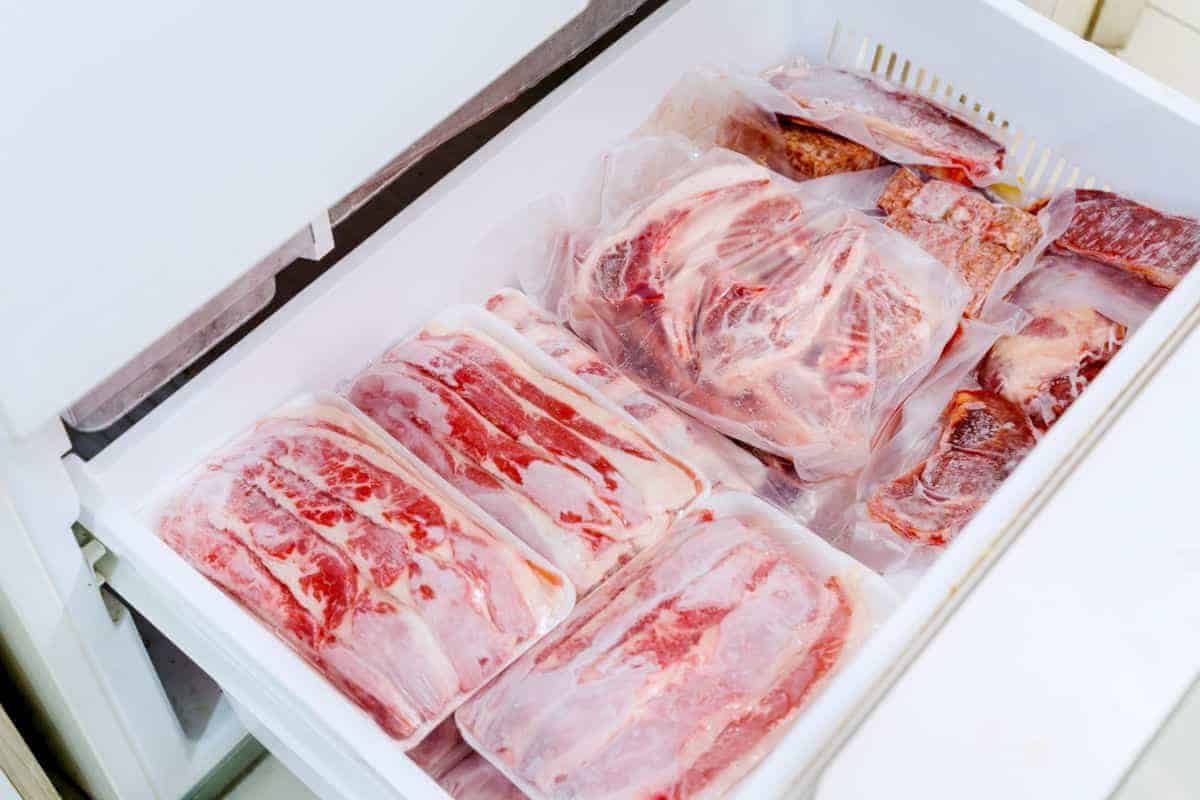
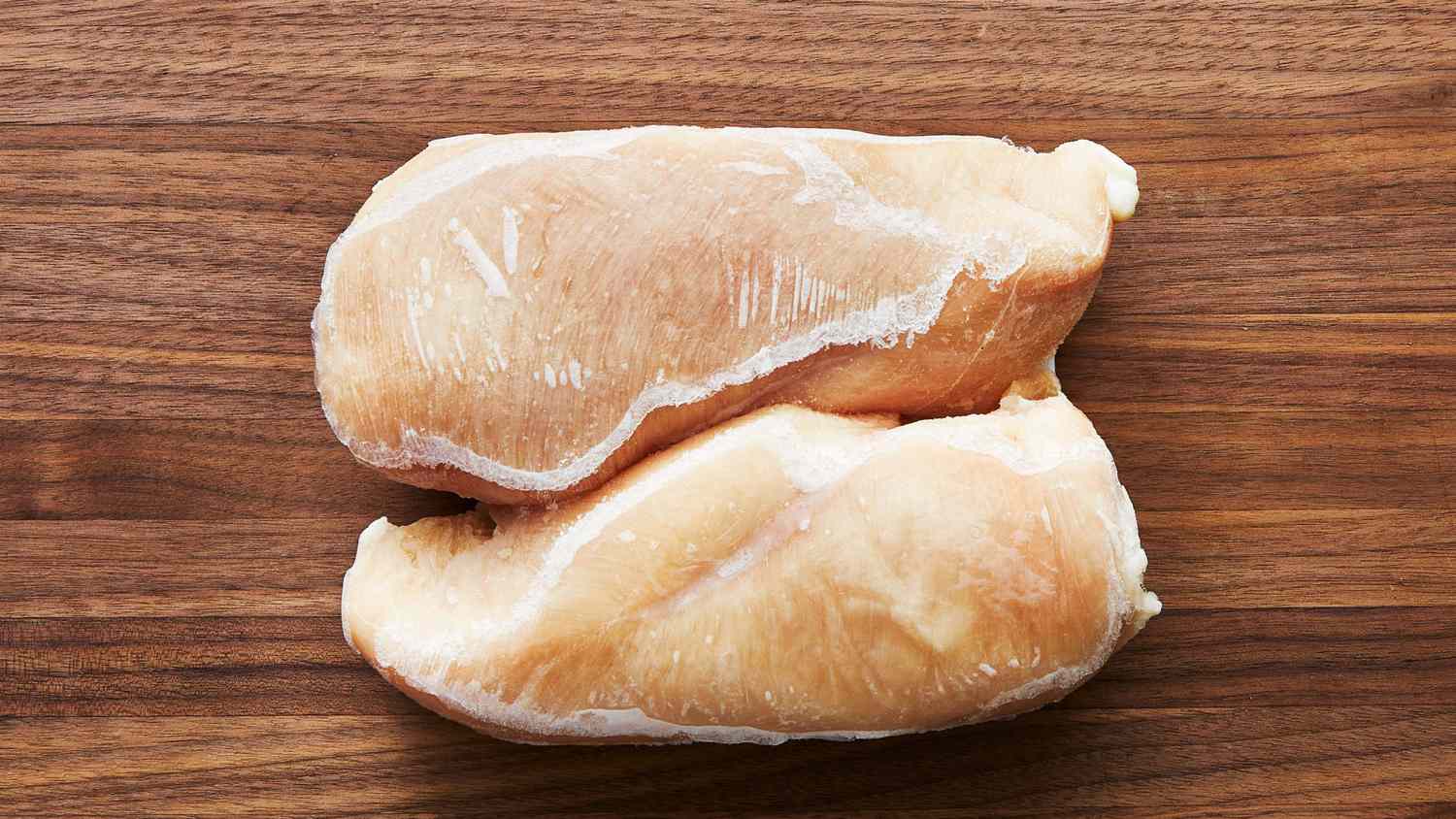
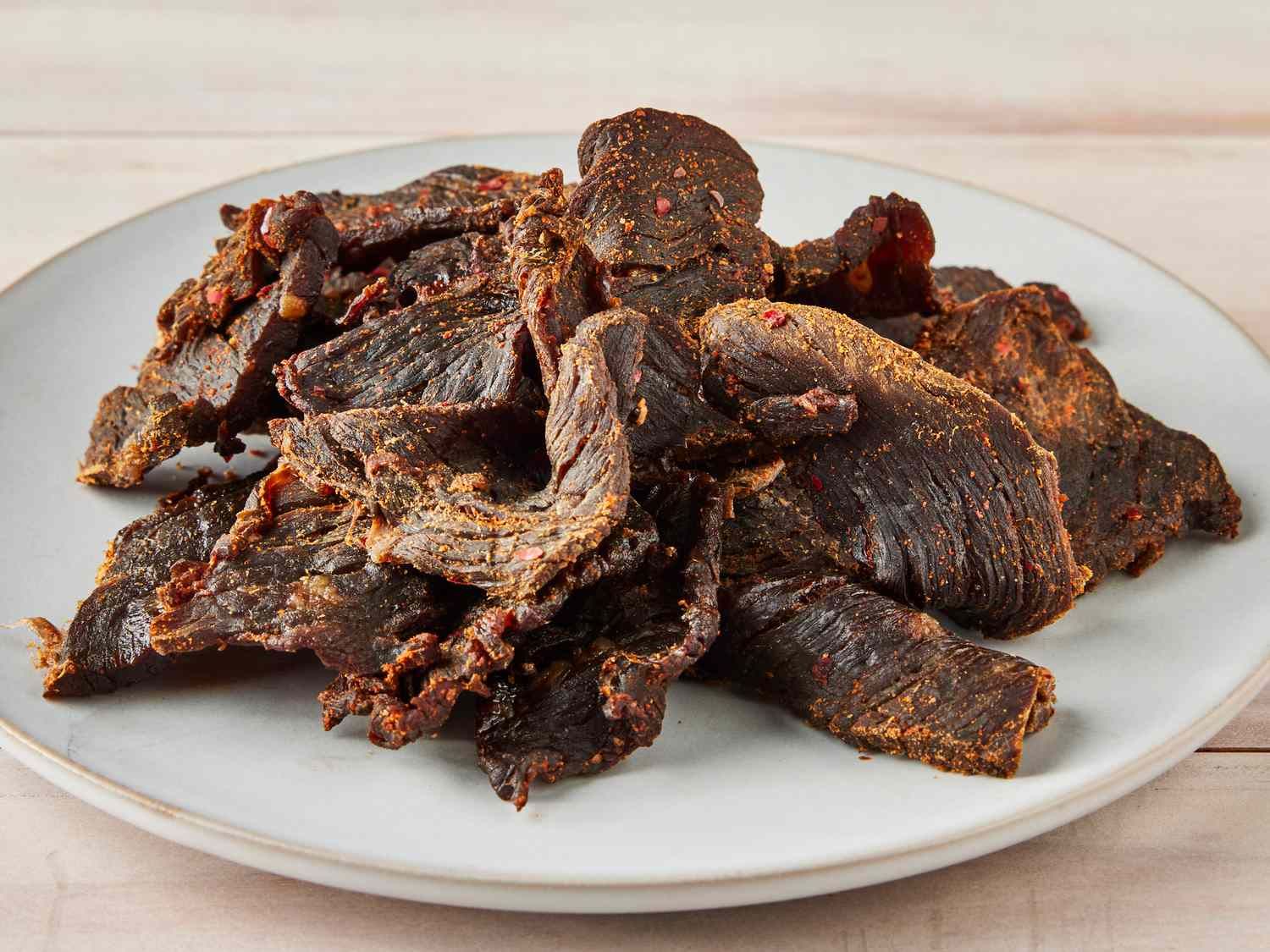
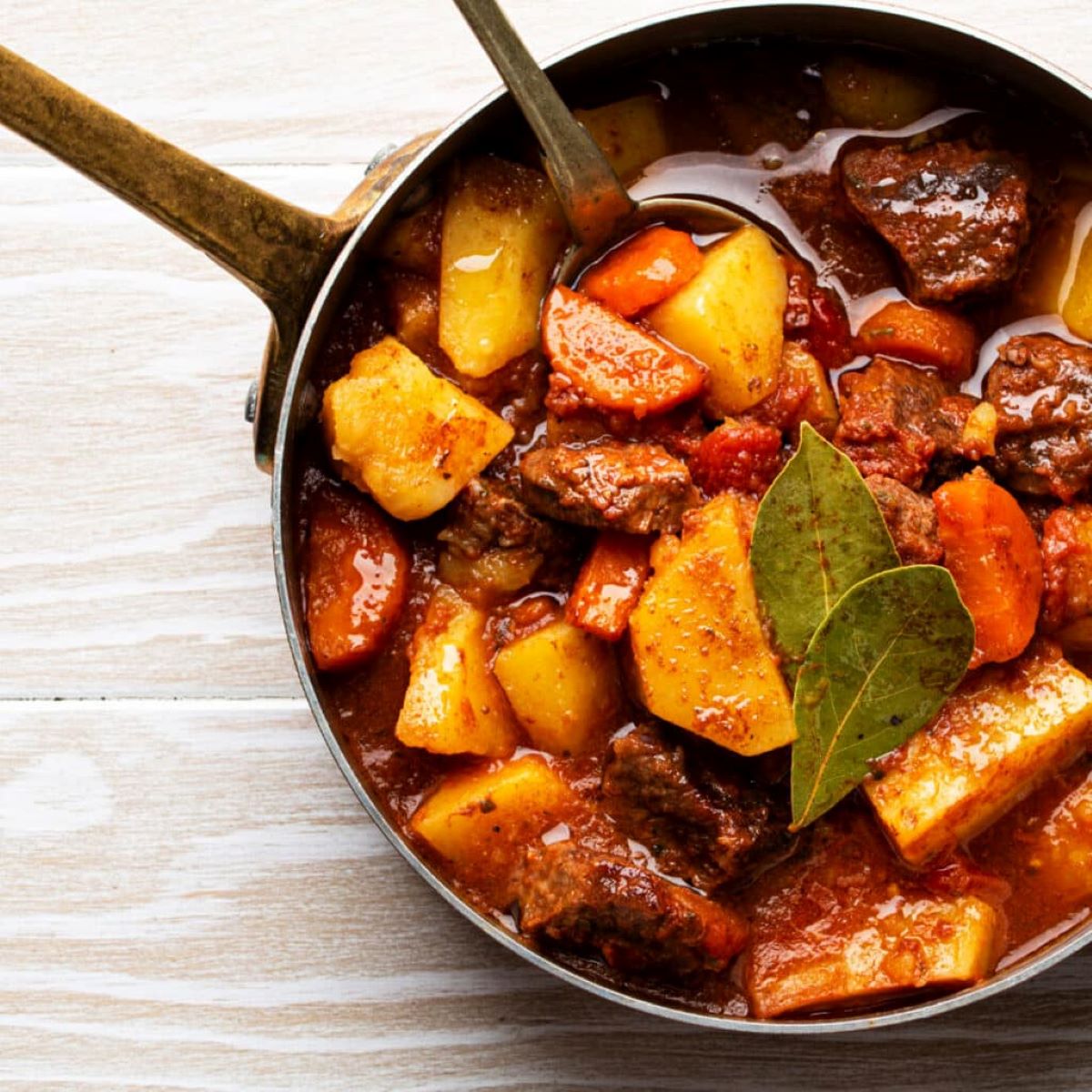

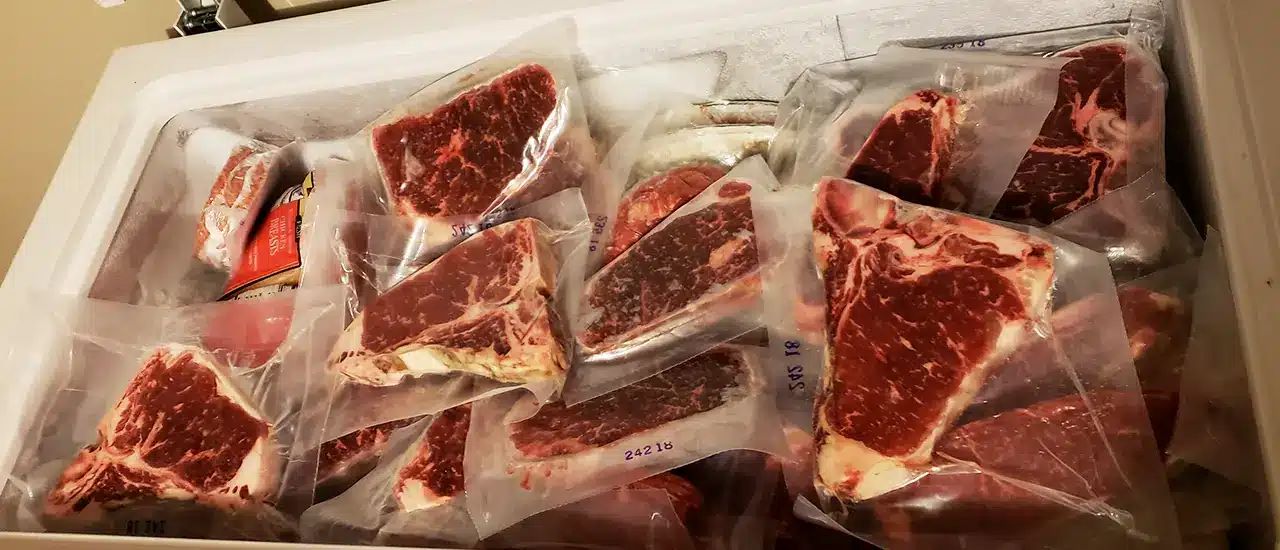
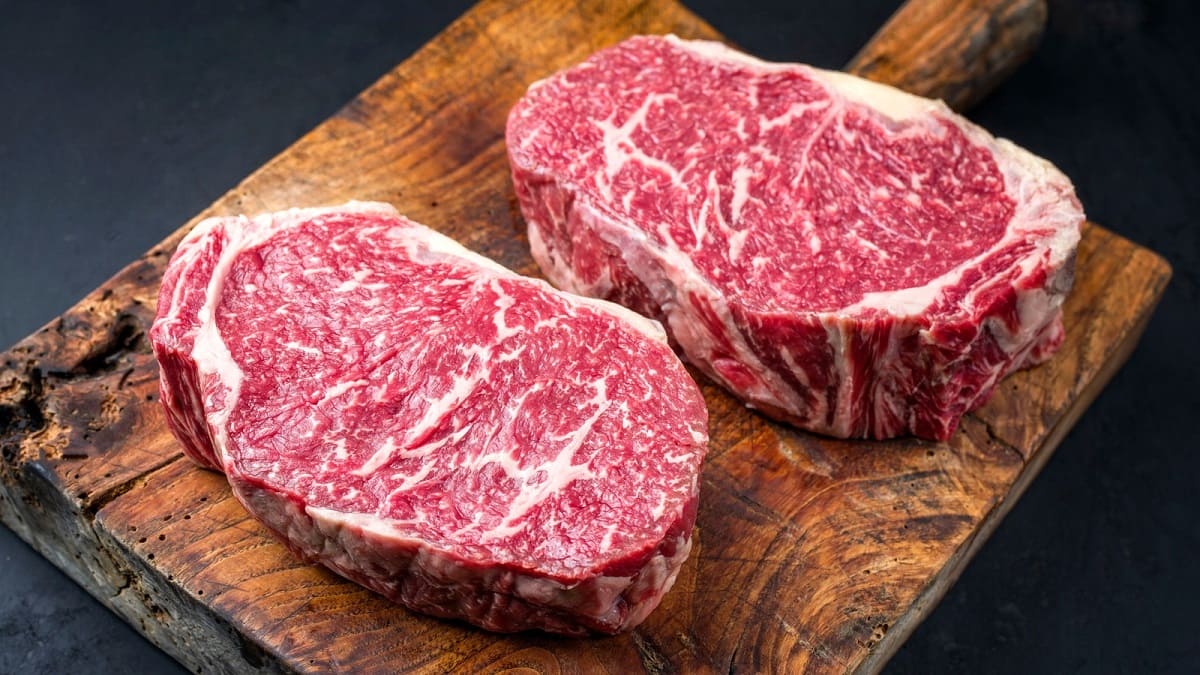

0 thoughts on “How To Store Raw Beef”